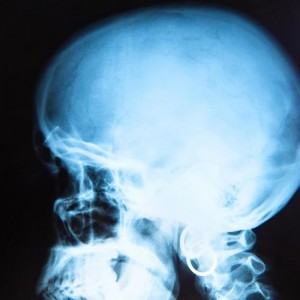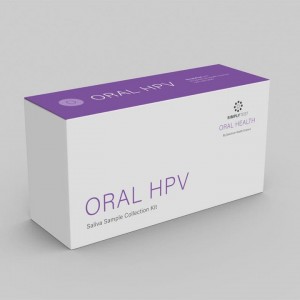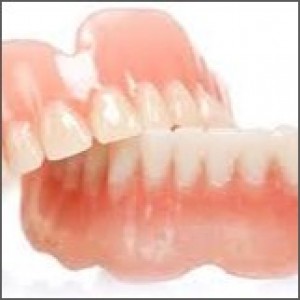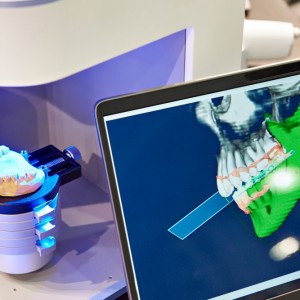
Defective direct restorations: repair or replacement?
Simona Chirico
In the clinical practice of a dentist, it often happens that you must re-operate on restorations performed in the past and often the most common causes can be traced back to secondary caries, marginal defects, discoloration, wear and loss of anatomical structure.
The main dilemma that arises is whether to repair only the damaged part or conduct a complete restoration.
So, which is the best solution?
Materials and methods
In a study published in JADA in September 2021, the authors asked 785 American dentists this question, trying to figure out which of the two options they were more inclined to do.
Results
Of the 387 respondents, 83.7% said they repair faulty restorations and 16% said they always replace them.
The reasons that led the dentists interviewed to give up repairing the restoration were:
- the size of the defect and the extent of the carious lesion (42%)
- negative past experience or failure (37.9%)
The most cited patient and tooth condition-related reasons for choosing to repair restorations were the patient's limited finances (67%) and non-carious marginal defects (86%), respectively. Neither gender nor age group was significantly associated with the choice to repair the restoration.
The frequency of choosing to repair the fillings rather than completely redo them was found to be higher in practice owners than in employees or collaborators. The most significant primary reason for giving up on repairing the restoration was the negative experience or lack of success in the past.
Conclusions
Restoration repair is considered a valid treatment option for the management of defective restorations. Negative personal experience or lack of success from past cases influence dentists on the decision to repair or replace a defective restoration.
For more information: "Repair versus replacement of defective direct restorations. A cross-sectional study among U.S. dentists."
 Related articles
Related articles
Restorative dentistry 01 November 2022
Dental restorative materials with sustained antibacterial action
Dental restorative materials with antibacterial properties can potentially solve secondary caries that occur around restorations.
Pediatric dentistry 28 October 2022
The clinical and radiographic effectiveness of 38% silver diamine fluoride with and without potassium iodide was tested and compared with resin-modified...
Restorative dentistry 11 July 2022
Which adhesive strategy and dental material can reduce secondary caries risk?
The accumulation of plaque, which determines poor oral hygiene in the patient or the presence of incongruous restorations, can lead to the development over time of a secondary caries, or a carious...
Co-authors: A. Comba, F. Florenzano
Despite the increasing attention deserved to oral health, a conspicuous number of tooth lost is still counted among elderly people, mainly due to secondary caries or periodontal problems....
Restorative dentistry 03 November 2025
The worldwide interest of both dentists and patients in esthetic dentistry has affected decision-making in dental practice.
 Read more
Read more
Much like EMTs rushing to the scene after an accident, stem cells hurry to the site of a skull fracture to start mending the damage. A new finding has uncovered the signaling mechanism that triggers...
Products 05 November 2025
SimplyTest has launched a groundbreaking saliva-based test to detect high-risk strains of oral human papillomavirus (HPV), a major cause of oropharyngeal cancers.
News 05 November 2025
Perimetrics, Inc., a dental technology company pioneering quantitative diagnostics, announced today that the U.S. Food and Drug Administration (FDA) has granted clearance for the InnerView...
News 05 November 2025
On October 15, open enrollment for Medicare began nationwide. Hundreds of thousands of seniors in New Jersey will once again face the challenge of finding the right Medicare coverage, including the...
Digital Dentistry 04 November 2025
Digitalisation is an expanding field in dentistry and implementation of digital teaching methods in dental education is an essential part of modern education.















